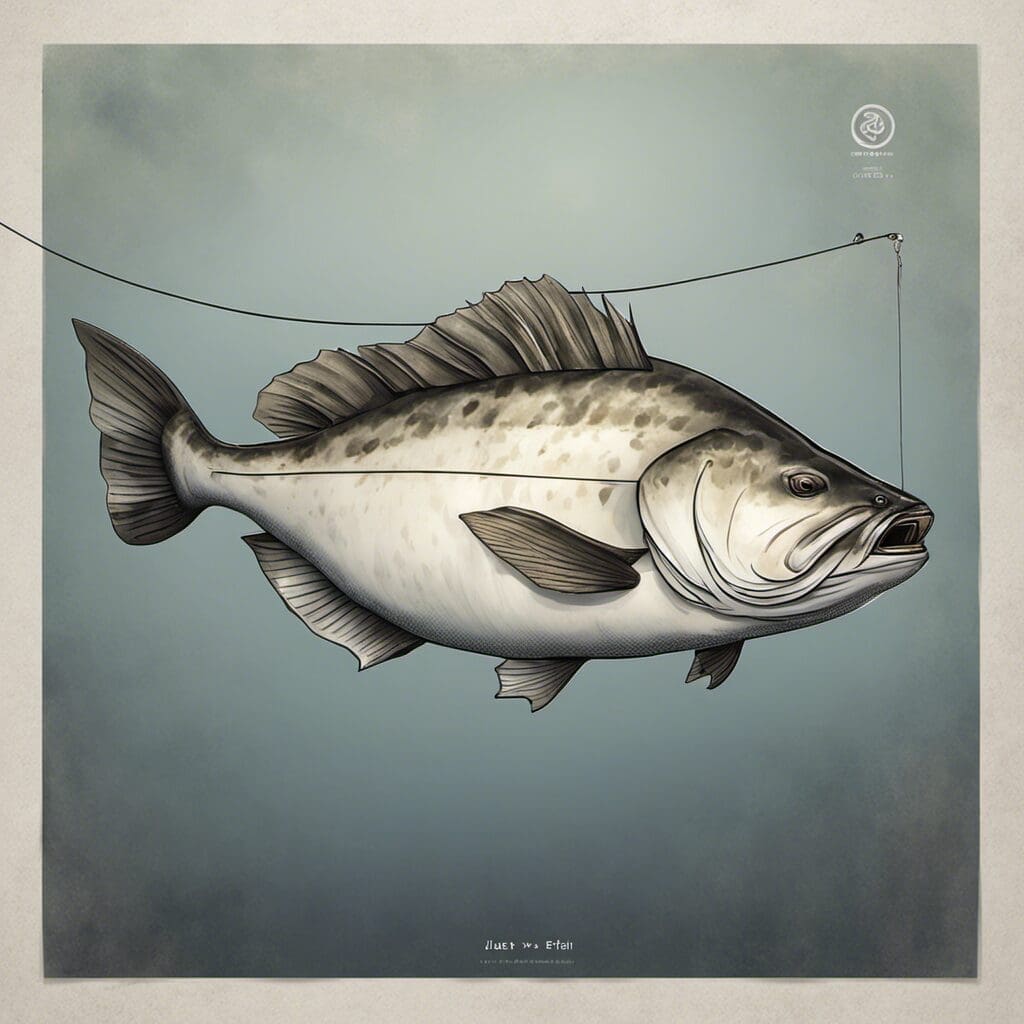Introduction
The Halibut is a species of flatfish belonging to the family Pleuronectidae. It’s renowned for its enormous size and highly respected as a commercial fish, valued for its tender and delicately flavored white flesh.
Conservation Status
Halibut are not classified as endangered, most species are defined as least concern. However, they are subject to heavy fishing pressure, and some regional populations, such as the Atlantic halibut, are currently under threat due to overfishing and degradation of breeding habitats.
Statistics
| Length (average) | Length (range) | Weight (average) | Weight (range) | Average Lifespan | Maximum Lifespan |
|---|---|---|---|---|---|
| 1.4m (male), 2.5m (female) | 0.9-4.7m | 15-20kg for males, 50-70kg for females | 2-320kg | 25 years for males, 35 years for females | 55 years |
Distribution
Halibut are found in both the Atlantic and Pacific Oceans. In the Atlantic, they range from Labrador and Greenland to Virginia, with high concentrations around the Grand Banks, Gulf of Maine, and Georges Bank. In the Pacific, they can be found from the Bering Sea and Aleutian Islands, down to Baja California in Mexico.
Habitats
Halibut predominantly inhabit the cold, deeper parts of the North Pacific Ocean. They prefer sandy or muddy bottoms and are rarely found in depths less than 50 meters, but can dwell as deep as 1,200 meters. Halibut can handle a wide range of temperatures, typically between 3 to 8 degrees Celsius.
When and Where to See
Halibut are commonly observed from spring through autumn. They’re most active during daylight hours, and often retreat to deeper waters during the night.
Best Fishing Locations
- Alaska, USA – Kenai Peninsula
- Homer, Alaska, USA
- British Columbia, Canada
- Queensland, Australia
- Newfoundland and Labrador, Canada
- Washington State, USA
- Norway
- Greenland
- Iceland
- Russia – Kamchatka Peninsula
How to Catch
A wide variety of baits can be used to catch halibut including squid, octopus, cod, and herring. The method of fishing is predominantly bottom fishing and trolling. Best time to fish for halibut is usually during daylight hours, particularly during tidal movement.
Identification Guide
Halibut are distinguished by their diamond shape and grayish-brown color on the top side with an off-white underbelly. They have a very small mouth relative to their size with sharp, curved teeth. Halibut are unique among flatfishes as they can grow to be exceptionally large.
Culinary Information
How to Cook
Halibut can be grilled, fried, poached, or broiled. Its sweet, mild flavor and firm texture can hold up to a variety of cooking methods. Very importantly, halibut should be not overcooked as its lean flesh can dry out easily.
Taste Profile
Halibut has a sweet, delicate flavor with a firm, compact texture. It is a clean-tasting fish with no fishy smell or taste. This makes it a versatile ingredient that can be used in a wide variety of dishes.
Nutritional Information
Halibut is highly nutritious, packed with protein, vitamins, and minerals. It’s particularly high in Vitamin D and Omega-3 fatty acids, both of which are beneficial for heart health.
Additional Information
Behavior
Halibuts are agile predators that feed on almost anything they can catch, including cod, herring, and crab. The ability to camouflage themselves on the ocean floor also helps them ambush prey.
Predators and Threats
Their natural predators include sea lions, killer whales, and larger halibut. The greatest threat to halibut, however, is commercial and recreational fishing. Increasing ocean temperatures due to climate change also pose a significant threat.
Cultural/Historical Significance
Halibut have been an important food source for Native Americans and Canadians for thousands of years. They are also prominent in their mythologies and art.
References and Further Reading
- National Oceanic and Atmospheric Administration (NOAA)
- U.S. Fish and Wildlife Service
- Alaskan Public Media

